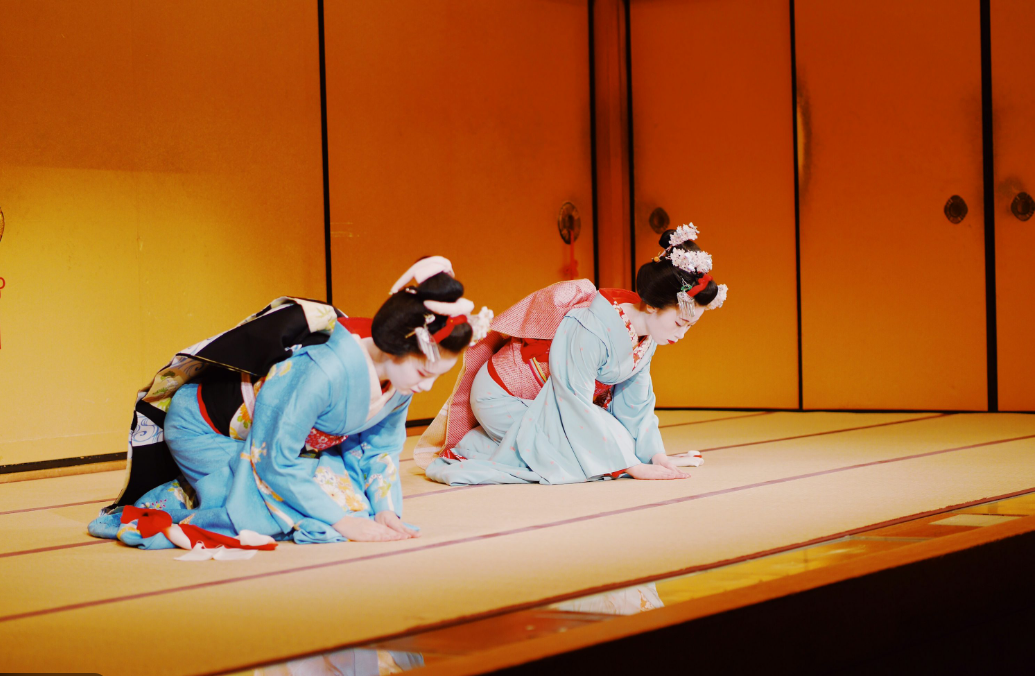The Art of Bowing in Japan: Understanding the True Meaning of Respect
When visiting Japan, one of the first things that often surprises visitors is how frequently people bow. Whether greeting someone, thanking them, apologizing, or saying goodbye, bowing — or ojigi (お辞儀) — is a natural and deeply ingrained part of Japanese daily life. But this gesture goes far beyond a simple formality. It represents a cultural philosophy centered on respect, humility, and social harmony.
1. A Gesture Beyond Words
In many cultures, greetings rely on words or physical contact — like handshakes or hugs. In Japan, however, a bow often replaces these actions. A bow can express gratitude, apology, or even sympathy without saying a single word. It is an unspoken language of emotion and sincerity.
For Japanese people, ojigi is not just a movement of the body but a reflection of the heart. It communicates an attitude of respect toward others, acknowledging the value of human connection.
2. The Different Types of Bows
There are various kinds of bows depending on the situation and the level of respect being shown.
-
Eshaku (会釈) – A light bow of about 15 degrees, used for casual greetings or when passing someone you know.
-
Keirei (敬礼) – A more formal bow of about 30 degrees, used in business settings or when meeting superiors.
-
Saikeirei (最敬礼) – The deepest bow, around 45 degrees or more, showing sincere gratitude or apology.
Even small variations in angle can carry different meanings, reflecting Japan’s attention to subtlety and formality.
3. The Philosophy Behind the Bow
Bowing in Japan is rooted in ancient traditions influenced by Buddhism and Confucianism. These philosophies emphasize humility, mindfulness, and the importance of harmony within society.
When someone bows, they lower their head — symbolically placing themselves below the other person. This act represents not submission, but the beauty of mutual respect. It reminds both parties to approach each interaction with modesty and gratitude.
4. Bowing in Modern Japan
Even in modern society, where global influences are strong, bowing remains a key part of communication. From the moment a customer enters a store to the way employees greet passengers on trains or in airports, bowing continues to shape Japan’s image of politeness and discipline.
In business meetings, for example, the depth and duration of a bow can leave a strong impression. Foreigners who learn the basics of ojigi often find that Japanese people deeply appreciate the effort — it shows cultural understanding and genuine respect.
5. Bowing and the Spirit of Respect
At its core, the art of bowing is about more than manners. It represents a mindset — one that values others, seeks balance, and avoids confrontation. In Japanese culture, maintaining harmony (wa, 和) is considered essential. Bowing is one way to express that harmony in daily life.
When two people bow to each other, it’s not about hierarchy or power. It’s about connection — a silent exchange of mutual appreciation.
6. A Small Act, A Big Meaning
To outsiders, bowing may seem simple, even routine. Yet for the Japanese, it carries centuries of tradition and emotional depth. A single bow can express feelings that words cannot.
In this way, ojigi represents the beauty of Japanese culture itself — quiet, humble, and deeply human.
Conclusion
The art of bowing in Japan reminds us that respect doesn’t always need to be spoken aloud. Through a simple gesture, Japanese people show gratitude, empathy, and understanding — values that form the foundation of their society.
Next time you greet someone in Japan, try a gentle bow. You may find that this small act opens a deeper connection — one built not on words, but on heart.

コメント